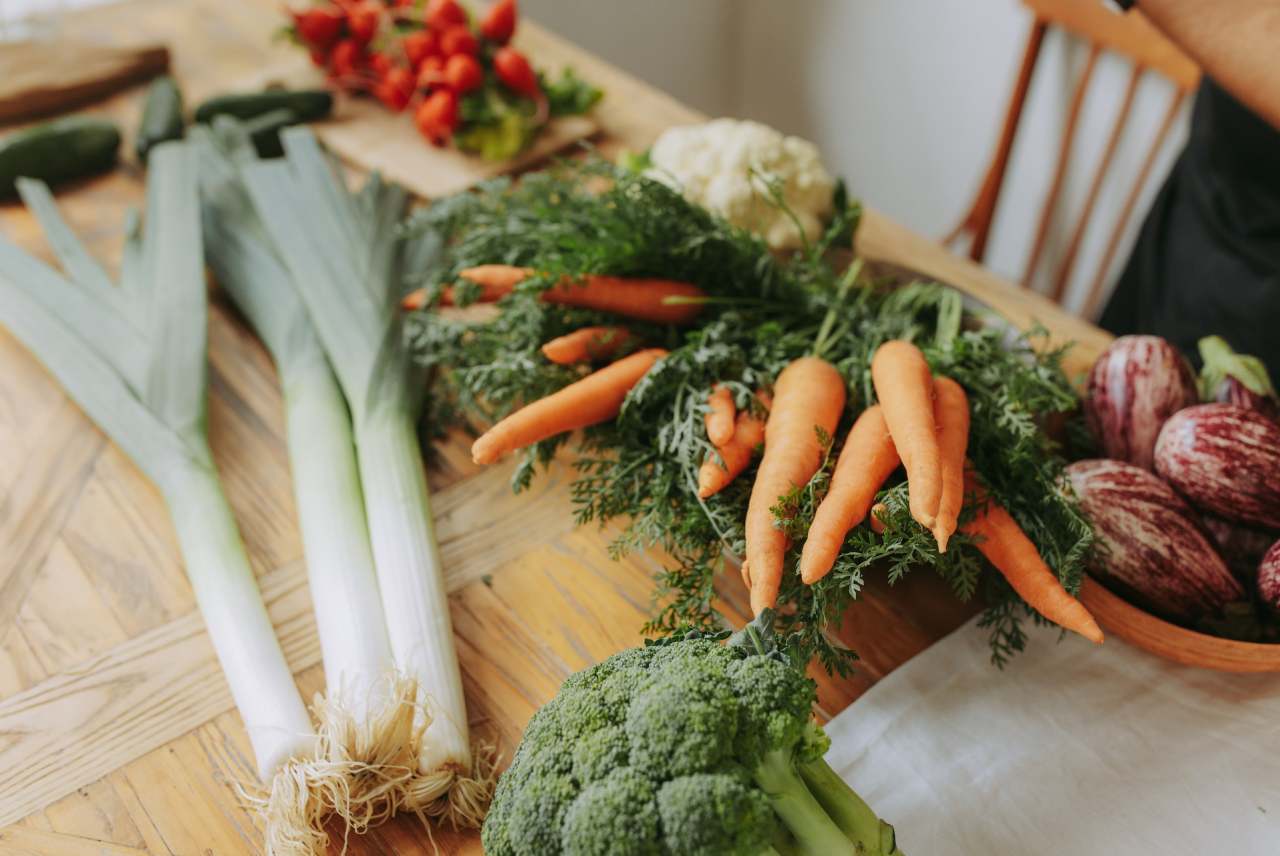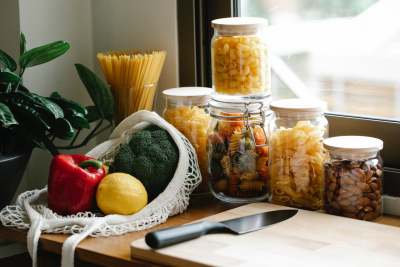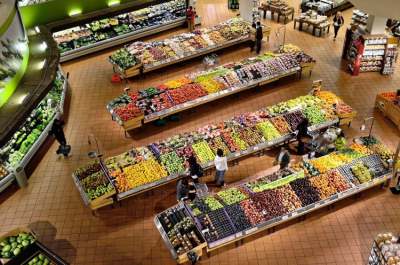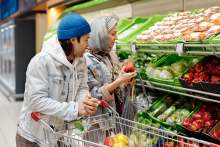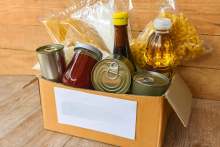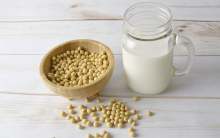The UK throws away around 9.5 million tonnes of food waste every year, and much of this comes from our households. Every apple, yoghurt or unfinished packet of ham that gets chucked adds to our carbon footprint.
Luckily, around 66% of people in the UK say that they are already making an effort when it comes to food waste. With costs rising, it can also be a great way to cut the cost of your weekly food shop.
10 Steps to reducing food waste
1. Look at where you waste
Some of us will waste a lot of fresh ingredients that we never eat or cook. For others the waste will mainly come from leftovers.
Spend a week paying attention to what you throw out, or just open your bin or food waste caddy and look what’s inside. Thinking about this will help you work out where to focus your attention.
You may also want to observe other patterns: do you waste more when you’re busy and stressed? Do you buy fruit that you’ll never really eat? Do you hate running out of ingredients and therefore overshop? Understanding these patterns can help you think through how to address them.
2. Check the temperature of your fridge
Your fridge should be between 3 and 5 degrees. Any hotter and it will cause your food to go off more quickly. We have a guide to fridges and freezers which includes some top tips on using the space efficiently.
3. Check how you’re storing food
Food will go off more or less quickly, depending on how you’re storing it. Most fresh food like fruit or vegetables will last longer in your fridge, but there are some exceptions if unchopped:
- Potatoes, sweet potatoes or squash
- Onions and garlic
- Tomatoes
- Avocado (won’t ripen properly)
- Bread (it will go stale)
- Fresh herbs (place on the counter with their stems in water, or in a newspaper or kitchen towel if you do want to put them in the fridge)
How you store your veg in your fridge will also make a difference. It’s good to keep fruit and vegetables separate, because some fruit can give off a chemical that makes the vegetables spoil quicker.
Vegetables with chopped ends, like broccoli, celery and asparagus will last better standing in the fridge with the end in water. The same goes for lemons, limes and herbs.
You may also want to think about how you arrange your fridge, putting new ingredients to the back and old ones to the front so you remember to use them up.
